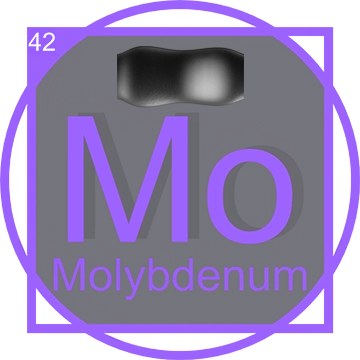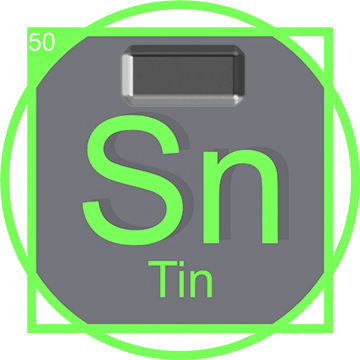Comprehensive Guide to Tungsten (W): Properties, Applications, and Technological Impact
Tungsten, symbolized as W and known for its robustness, occupies a significant position in the periodic table as one of the heaviest and hardest metals used in various sectors. This extensive guide provides an in-depth look at the discovery, characteristics, and widespread applications of Tungsten, underscoring its importance in technology and industry.
Discovery of Tungsten
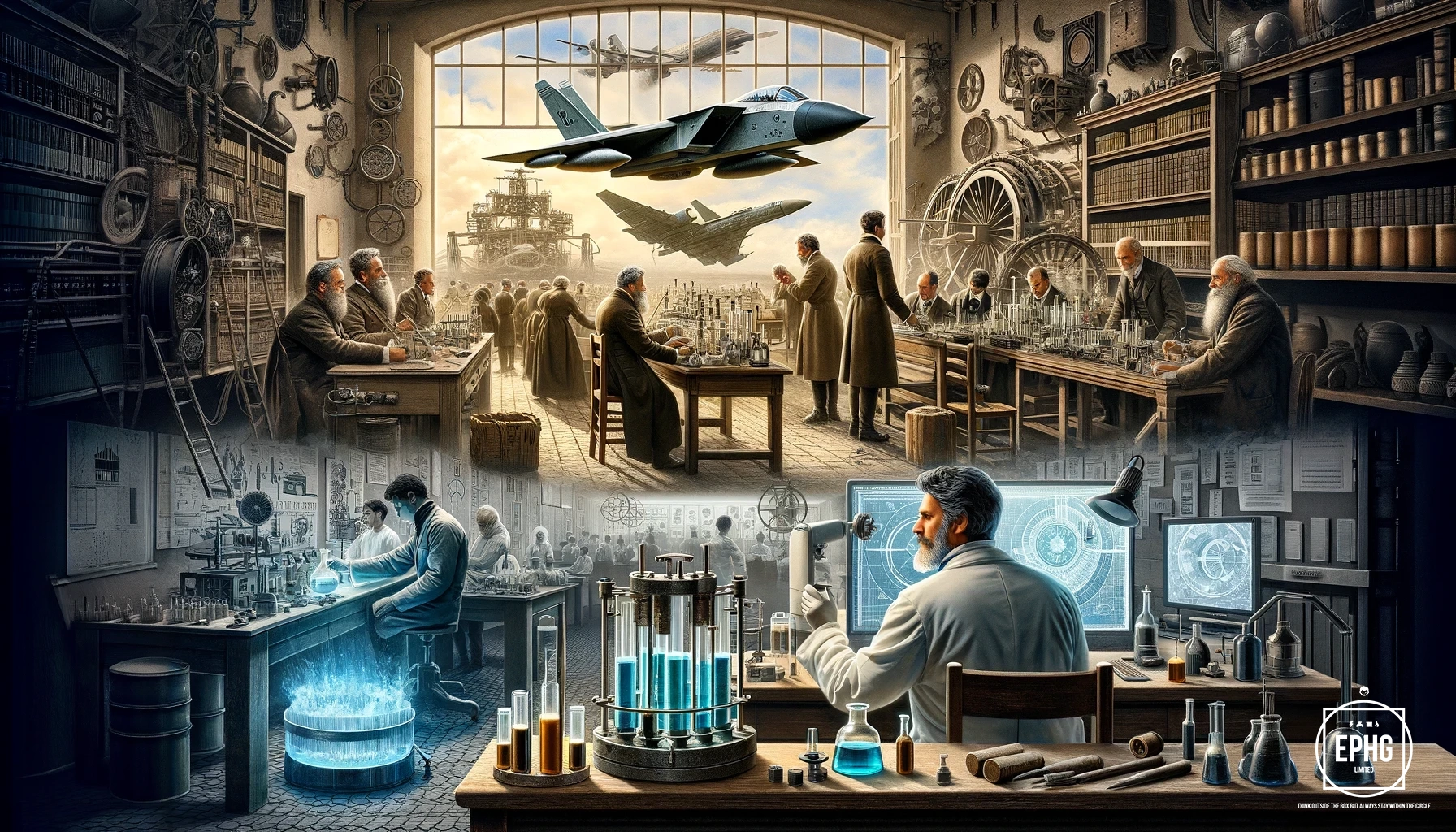
Tungsten was discovered in 1781 by the Swedish chemist Carl Wilhelm Scheele, who identified a new acid he called tungstic acid; the metal was isolated as tungsten in 1783 by Spanish scientists, the brothers Juan José and Fausto Elhuyar by reduction of this acid with charcoal. The discovery was significant due to Tungsten's exceptional properties, such as its extremely high melting point and hardness, which have since made it an essential material in many high-tech applications. These properties not only revolutionized various industries but also opened up new possibilities in fields such as aerospace and military engineering, where materials capable of withstanding extreme conditions are crucial. Scheele's and the Elhuyar brothers' work laid the groundwork for the advanced uses of metals in modern technology, making Tungsten a cornerstone in the development of tools and machinery that require high strength and durability.
Role of Tungsten in the Periodic Table
Located in Group 6 of the periodic table, Tungsten is known for having the highest melting point of all the elements discovered, melting at 3422°C. This metal plays a critical role due to its durability and high density, which makes it ideal for various industrial applications, especially in high-temperature environments.
Physical and Chemical Properties of Pure Tungsten

Pure tungsten is a rare metal that occurs naturally on Earth almost exclusively in combination with other elements within chemical compounds rather than in its isolated form. It boasts the highest melting point of all the non-alloyed metals and the second highest of all elements after carbon, making it exceptionally heat resistant. Pure tungsten's density is similar to that of gold, and it is renowned for its superior corrosion resistance, which is only surpassed by a few metals such as platinum, rhodium, iridium, and osmium. This combination of properties makes pure tungsten invaluable in applications requiring extreme heat resistance and durability.
Mining the Element Tungsten
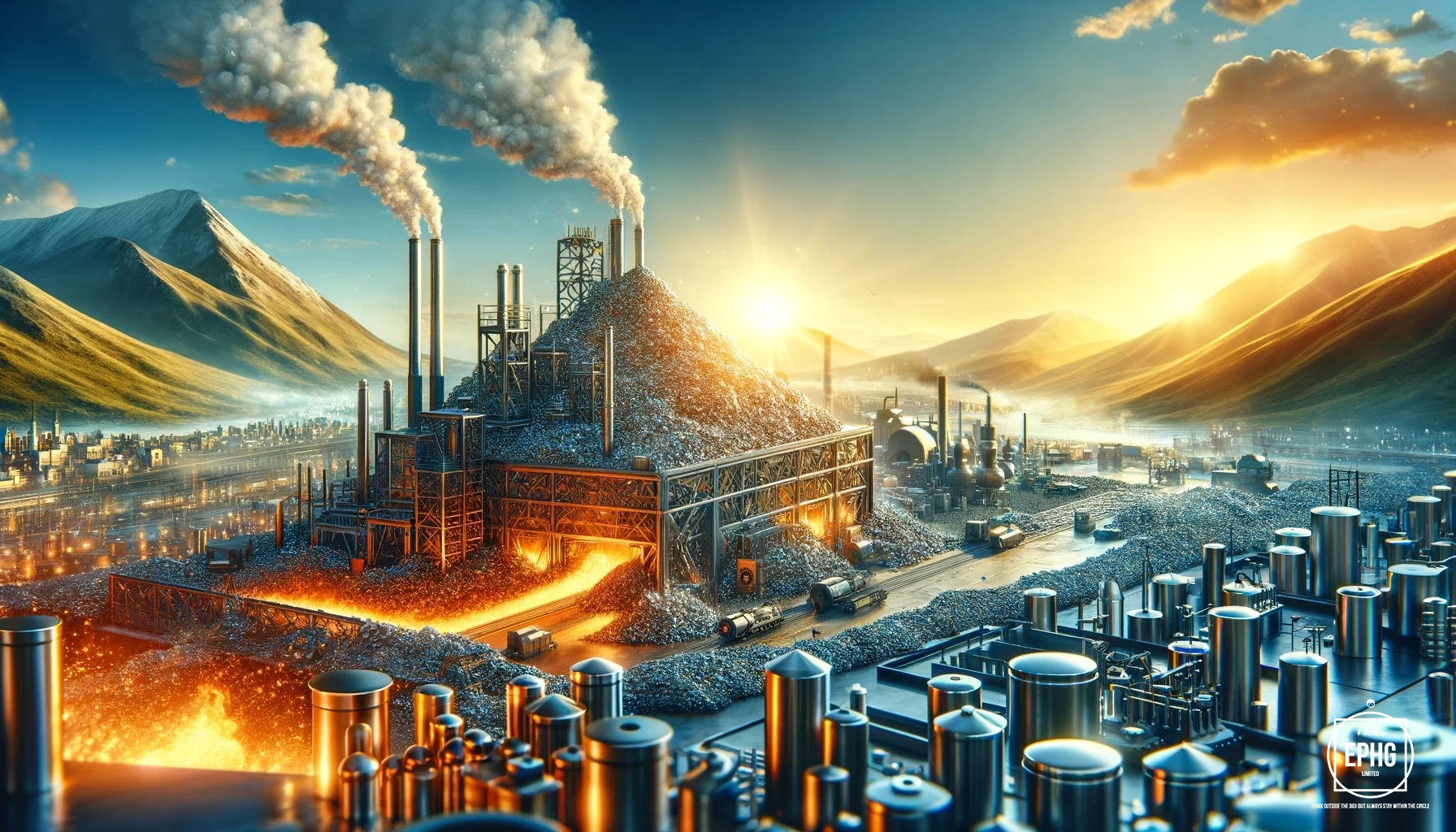
Mining tungsten involves extracting it from ore deposits where it is typically found combined with other elements. Notable for its dense and hard properties, tungsten is often mined alongside molybdenum and tin, which are also valuable for various industrial applications. These elements are extracted from ores such as wolframite and scheelite, where tungsten's significant density and melting point make it a challenging yet valuable element to mine.
Significant tungsten mining locations include the Nan Mountains in China, which hold the world's largest deposits of this metal. Other important mining regions are found in Russia's Far East and in the Cantung Mine of Canada's Northwest Territories, each known for their substantial tungsten reserves and contributing significantly to the global supply of this critical resource.
Another mine more is the Tungsten mine in Shyorongi, Northern, Rwanda.
Applications of Tungsten in Technology
Industrial and Manufacturing Applications of Tungsten
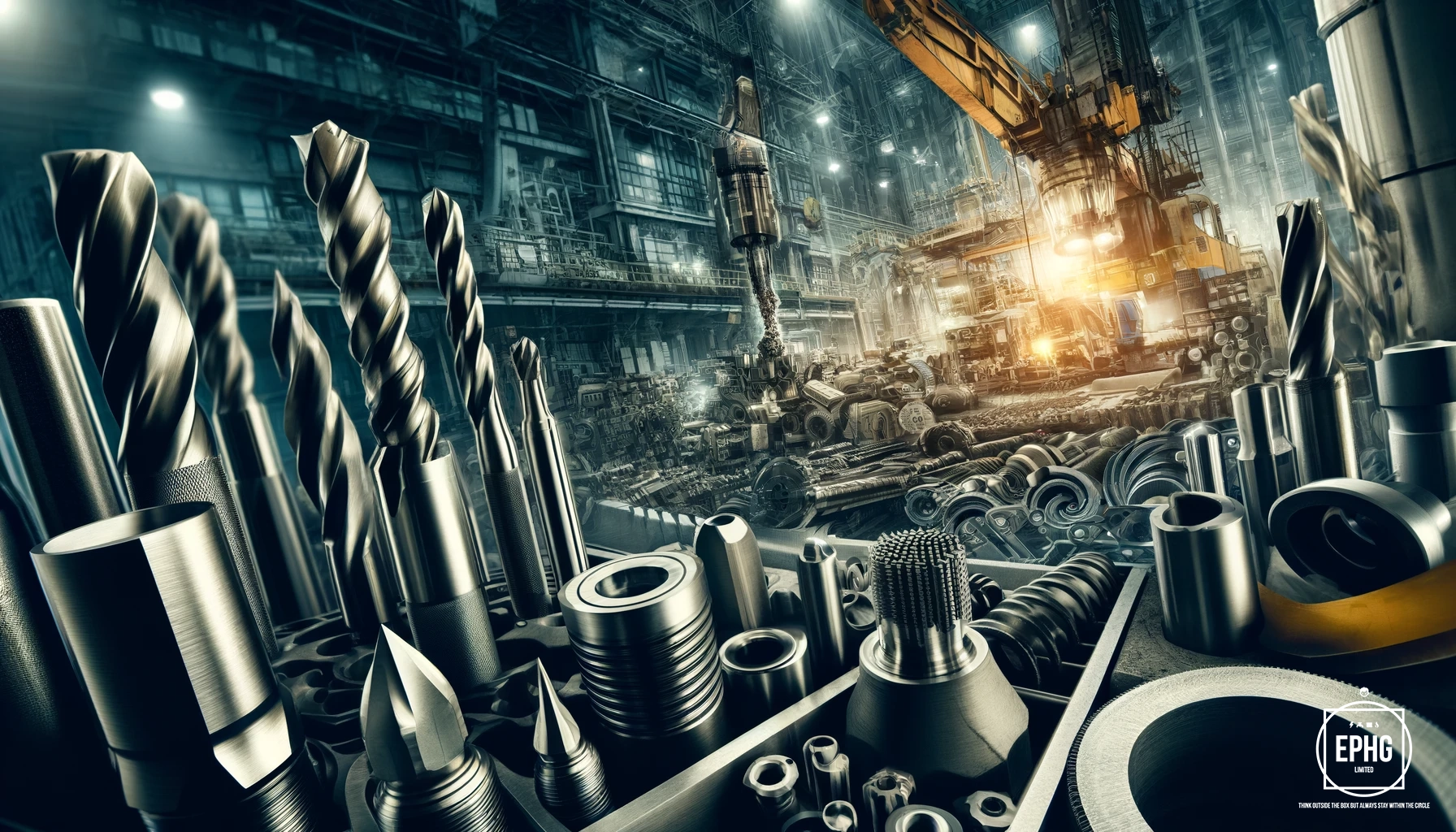
The majority of Tungsten is used to produce hard metals—also known as cemented carbides—which are highly wear-resistant materials utilized across a broad spectrum of machining applications. These applications include drilling, cutting, and the creation of tools essential for mining and construction. Cemented carbides made from tungsten are prized for their exceptional hardness and durability, enabling them to perform efficiently in industrial settings that require rigorous and repetitive tasks. Furthermore, these materials are integral in manufacturing components that withstand extreme conditions, such as high temperatures and friction, making tungsten an indispensable resource in both heavy industry and precision engineering.
Electronics and Lighting Applications of Tungsten
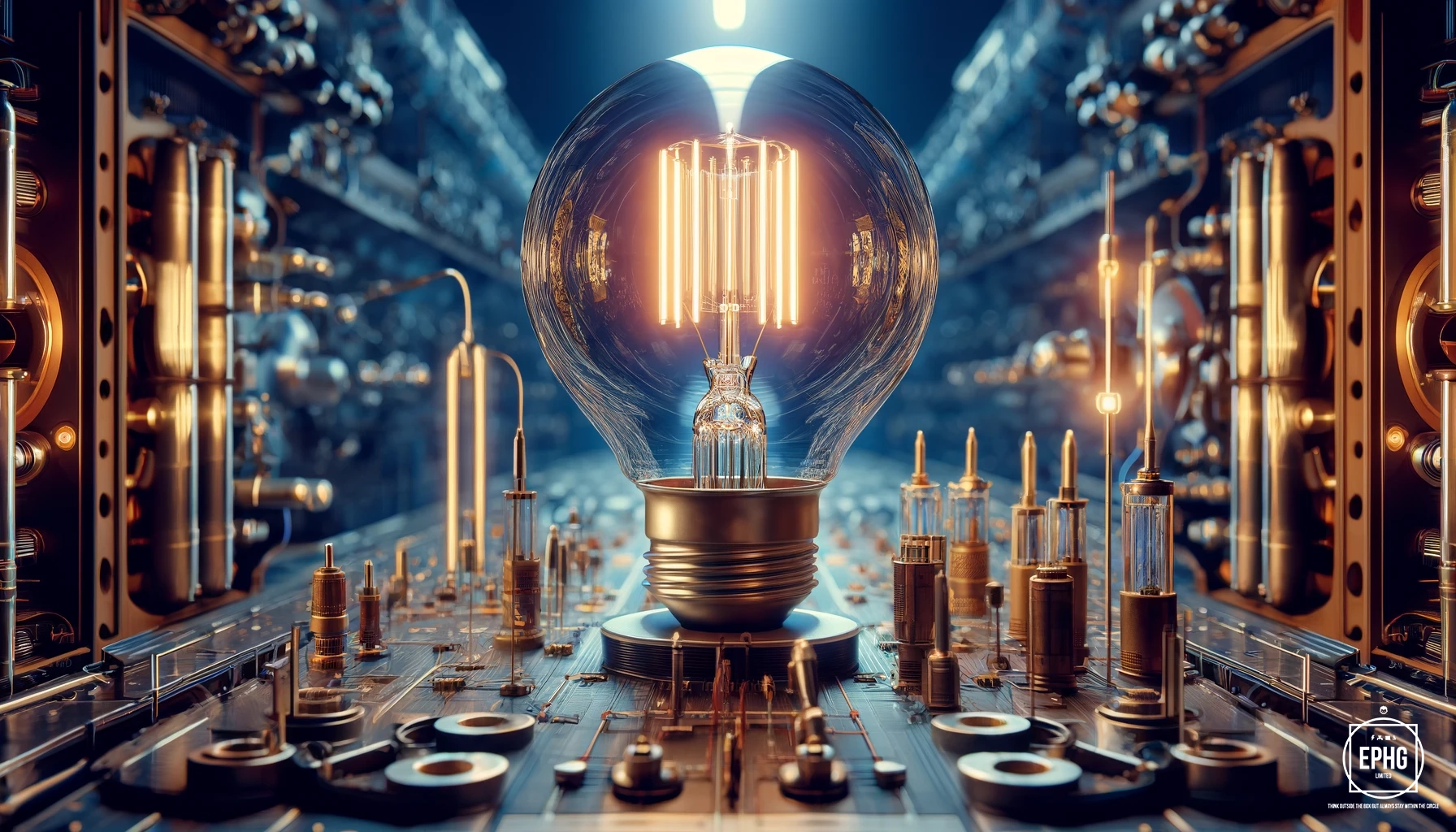
Tungsten is widely utilized in the electronics industry due to its exceptional high conductivity and minimal resistance to thermal expansion, making it an indispensable material for electrical contacts, especially in high-voltage environments. Its remarkable properties ensure reliability and durability under extreme operational conditions. Additionally, tungsten plays a crucial role in the manufacturing of filaments for light bulbs and cathode-ray tubes, where its ability to withstand high temperatures without deforming is critical. These applications highlight tungsten's versatility and importance in both traditional lighting solutions and advanced electronic equipment.
Tungsten Military Applications
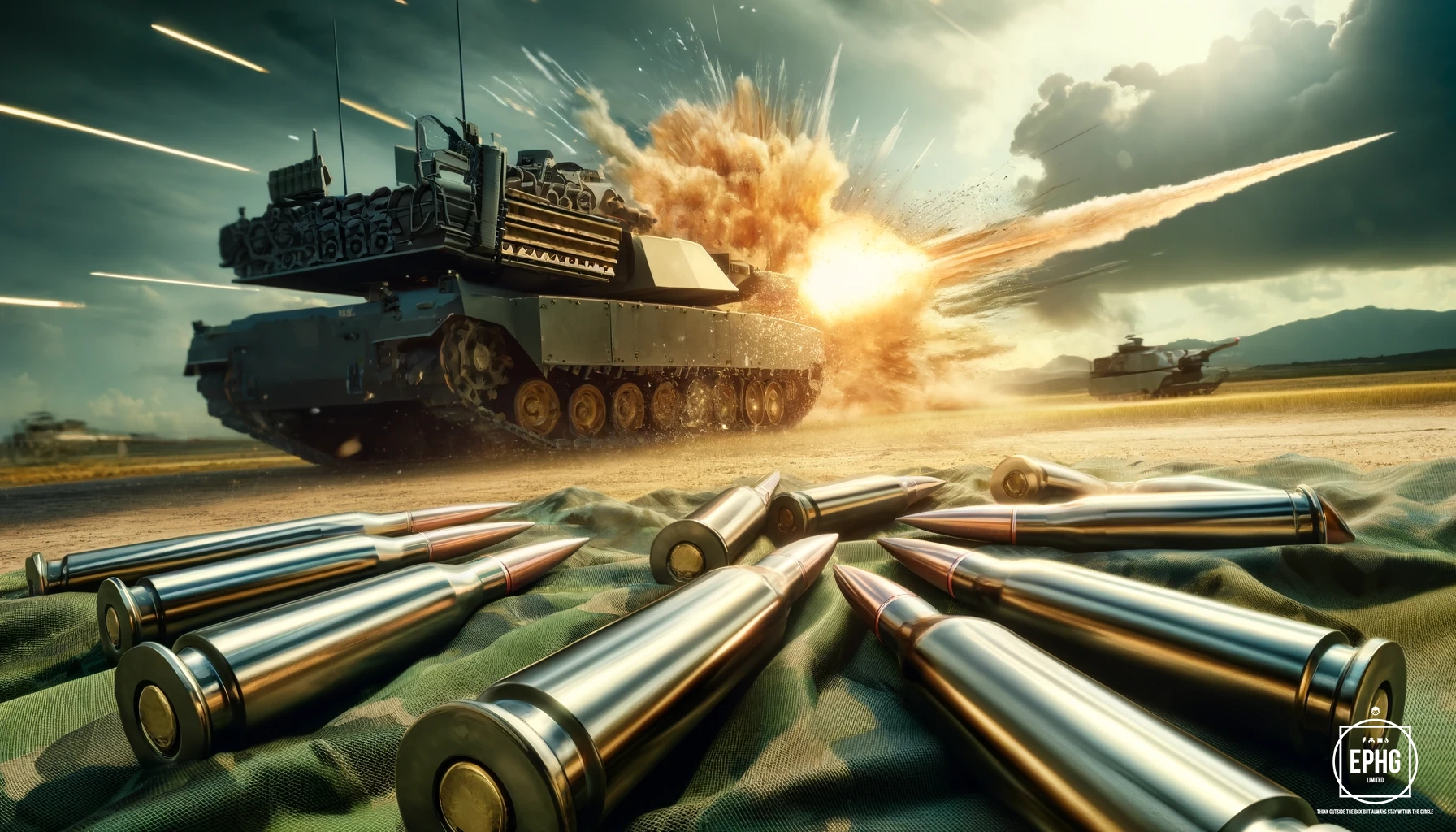
Due to its hardness and high density, tungsten is also utilized in military applications to manufacture projectiles that can penetrate armor more effectively than those made from other metals.
Additionally, this robust material is increasingly being employed in the production of protective vests for military personnel, police officers, and bodyguards. Tungsten vests provide superior protection, leveraging the metal’s exceptional strength to offer enhanced resistance against high-impact forces and penetration, thereby ensuring greater safety for those in high-risk roles.

Medical Applications of Tungsten
In the medical field, Tungsten is used in radiation shielding. Because of its high density and atomic number, it is effective at absorbing radiation and is used to protect patients and equipment from X-rays and other radioactive sources.
Environmental Impact and Sustainability of Tungsten
While Tungsten is considered to have a moderate environmental impact, mining and refining processes can be environmentally intensive. Efforts are ongoing to recycle Tungsten from scrap and to develop more sustainable mining practices.
The Future of Tungsten

As technology advances, the demand for Tungsten is expected to grow. Innovations in recycling and processing are likely to enhance its sustainability and further expand its applications in various fields.
In this vividly rendered scene set a century into the future, small military vehicles, equipped with advanced tungsten lighting and radiation shields, are depicted leaving the confines of a massive spaceship. As they embark on their journey towards Earth, the image captures the intense glow of tungsten lights and the protective sheen of tungsten shields against the vast backdrop of space. This depiction highlights the critical role of tungsten in enhancing the operational capabilities of military aerospace technology, showcasing its durability and effectiveness in a high-stakes interstellar environment.

